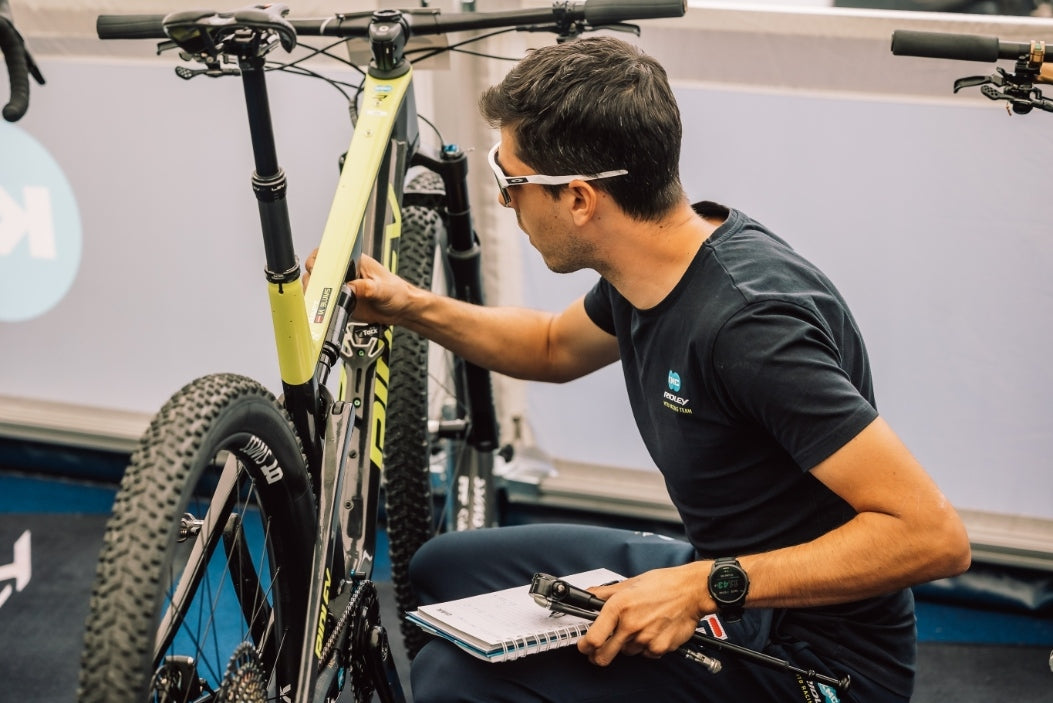Bike Maintenance: Avoiding Damage from Over-Greasing

Modern bicycles are more sophisticated than ever, so why don't we approach their servicing and maintenance with the same level of sophistication?
Complex mechanisms require precise adjustments. Every part of a bicycle affects overall performance, while proper bicycle maintenance ensures optimal functioning of all components and maximum enjoyment. Regular servicing also extends the life of individual parts and the entire bike. A mechanic must have knowledge of different types of bicycles, materials, and technologies. This article aims to raise awareness about the harm caused by "overstuffing" bike components with grease, especially bearings.
A bicycle is not a motorcycle, car, or tractor, so there's no need for excessive use of lubricants and grease. Cyclists should be educated on proper bike maintenance and cleaning to prolong the life of components.
We often see high-end bicycles with excessive amounts of grease in bearings and other moving parts, which leads to significant damage over time, especially considering the dynamics of parts like bearings or the kinematics of frames and bolts. When issues arise, customers often wonder how it's possible despite regular maintenance. It happens when inappropriate lubricants are used in places they don't belong.

For example, link bolts or rear triangle bolts can suffer when excessive or incorrect grease is applied. The forces created by the bicycle's kinematics can lead to material wear, causing shifts, expansion, or cracks in the bearing seat. This is increasingly found on serviced bicycles. Everything is interconnected! After such damage, many wonder how it happened, yet misinformation on social networks often spreads incorrect servicing tips.
We have previously written about bearing dynamics and the correct use of lubricants for optimal bike performance. Tuning is another aspect, and riders should know it's not always for everyone. What led us to write this blog was the excessive use of white grease in places where it doesn’t belong. In one case, a very thick white Teflon grease was used on the outer surfaces of bearings and axle caps because the mechanic believed it would protect against water. However, this approach makes little sense, as it actually increases friction and traps water inside the bearing, accelerating deterioration and corrosion.


At World Cup races, we disassemble bicycles every day, and no grease can prevent water from penetrating the bearings. The key is using the right lubricants designed to both lubricate and allow water to escape. These products also contain additives to protect against corrosion without creating barriers between metals. Don’t waste grease—use the optimal amount, and most importantly, maintain your bike between service intervals. Dry your bike after washing, avoid shampoos and degreasers, and your components will last longer, your ride will be smoother, and your service intervals cheaper. Remember, exposure to water and mud requires additional care, especially for today’s high-end bikes!






Leave a comment